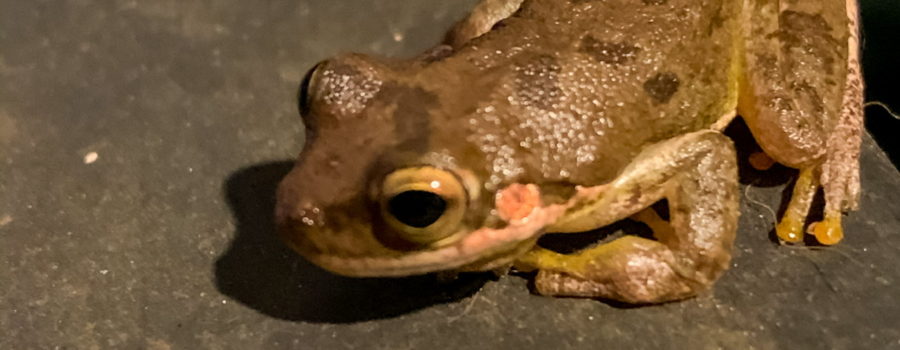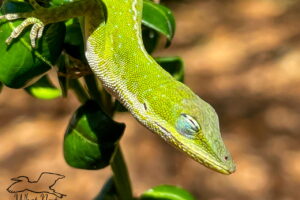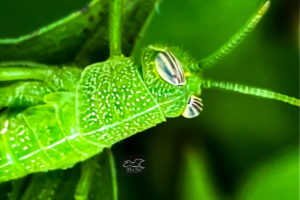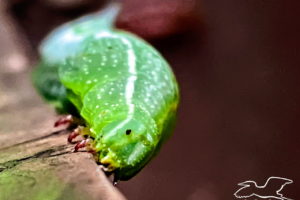Florida has a Large Variety of Beautiful Frogs

I absolutely love frogs! One of the advantages of living here in Florida is our variety of frogs. Florida has a total of twenty seven different frogs, and here in central Florida we have sixteen of these species. The climate here in central Florida is quite a bit different than that in north and south Florida, and so are some of the habitats. Of the sixteen types of frogs found n central Florida we have fifteen of them here in Levy County. The only one we are missing is the invasive Cane toad or Bufo toad, which is the only poisonous frog in Florida. Two of our central Florida frogs are non-natives. They are the greenhouse frog, and the invasive Cuban tree frog.

Our central Florida frogs can be divided into three different categories. Those categories are terrestrial frogs, also known as toads, arboreal frogs, also called tree frogs, and aquatic frogs, or water frogs. Terrestrial frogs spend all or most of their time on land. They like cool, moist habitats like under thick bushes, downed trees, and leafy areas. Many of them like to burrow into loose soil or sand in order to avoid the summer heat, and to keep from drying out. Some of them also burrow to hide themselves to ambush their insect prey. Their skin tends to be dry and may be bumpy, and they generally do not climb or jump well.

Arboreal frogs, or tree frogs are my personal favorites. Most tree frogs (and all of our Florida species) spend most of their time in trees and bushes, hence the name. Most tree frogs are relatively small, which makes it easier for them to climb, to find branches that support their weight, and to hide among the leaves of the trees where they live. Tree frogs are noted for having round, sticky pad on the ends of their toes that help them to climb. Tree frog adults are strict carnivores, eating insects and moths and are noted to eat a lot of pests such as flies and particularly mosquitoes.

Aquatic or water frogs tend to be the ones most of us think of first, when frogs are mentioned. As you would expect from their name, they spend most of their time in the water. Adults can, and do come out of the water to sunbathe, and sometimes to hunt. Like the other frogs, the adults are carnivores that eat insects, spiders, small fish, and mosquito larvae. They will also eat larger animals that have died in the water. They tend to have a pretty small home range as long as food is available. Aquatic frogs also have a permeable skin that allows them to take oxygen out of the water while hibernating. Unfortunately, that permeable skin also makes them very sensitive to pollutants and chemicals in the water. For that reason, these frogs are considered a key species for monitoring environmental health. What types of frogs do you have in your area?






Recent Comments